ARCHITECTURAL REVIEW
03 July, 2014
Kayoko Ota interview at GreekArchitects.gr
The Conversation of the commissioner of Japanese pavilion at 14th architectural biennale,Kayoko Ota, with A. Giacumacatos 
The Japan Pavilion this year is a research-heavy presentation, a “treasure house” of studies, experiments and inspirations excavated from the dusty attic of Japan’s modern architectural history. Commissioned by longtime Koolhaas associate Kayoko Ota and curated by Waseda University architectural historian Norihito Nakatani, with support by translator-critic Hiroo Yamagata, architect Keigo Kobayashi, and research associate Jin Motohashi, the focus is on the 1970s. That decade saw the collapse of the techno-utopian modernist ambitions of the 1960s that had culminated in the 1970 Osaka Expo, to be replaced by diverse explorations by individual architects of alternative responses to Japan’s modernization.
The exhibition shows how this generation of architects rejected the sterile rationality and state-oriented agendas of their predecessors to explore the overlooked, ordinary or hidden layers of the city, as exemplified by the activities of Terunobu Fujimori, Takeyoshi Hori and Genpei Akasegawa’s “Street Observation Academy.” Others, such as Hiroshi Hara, undertook research into traditional communities in Africa and Asia to reveal spatial and mythic structures that could enrich architecture; while Osamu Ishiyama promoted the use of cheap everyday materials such as corrugated metal to enable users to easily shape their own houses. While some of these architects have achieved global renown, many of these explorations have been largely forgotten — Keigo Kobayashi’s exhibition design literally unpacks these artifacts from their crates to give the sense of picking through a store house of poignant relics from an alternative past.
When the contents of the Japan Pavilion is viewed alongside that of its neighbors (in particular the prize-winning Korean Pavilion and the delightfully acerbic Russian Pavilion), it is not the uniformity of modernity but its great multiplicity that is strikingly revealed, both beyond and within national boundaries. Japan has always offered an alternative modernity to the Western gaze; in this Biennale, it offers an alternative modernity for itself, one that could yet offer resources for its alternative future. (THE JAPAN TIMES)
© GreekArchitects.gr
Commissioner: Kayoko Ota (Exhibition Organizer / Editor)
For ten years (until 2012), Ota worked on exhibition planning and book editing at AMO, a think‐tank arm of Office for Metropolitan Architecture (OMA). She served as co‐curator for the AMO exhibitions at the 2006 and 2010 Venice Architecture Biennale, and as curator for Prada’s Waist Down exhibition from 2005 to 2009, a retrospective of OMA‐AMO’s work titled Content in 2003 and 2004, and the Hong Kong & Shenzhen Bi‐City Biennale of Urbanism / Architecture in 2009. Among the books she has edited are Project Japan: Metabolism Talks… (Taschen 2011; Heibonsha, 2012), Post‐Occupancy (Editoriale Domus 2005), and Waist Down (DAP 2005). In 2004, she was named deputy editor at the Italian magazine Domus. Until 1993, she served as joint director of the Workshop for Architecture and Urbanism and joint editor of the magazine Telescope.
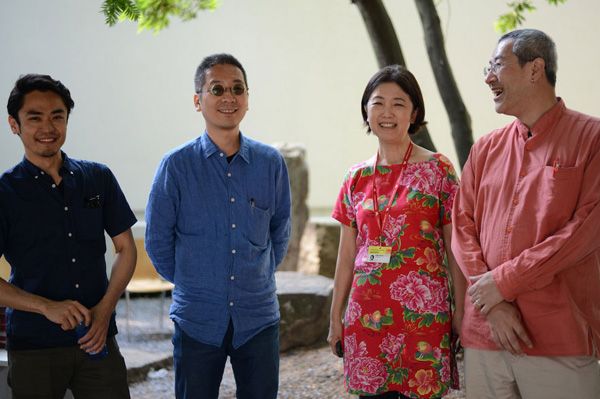
From left to right: The Japan Pavilion's deputy curator Keigo Kobayashi, curator Norihito Nakatani, commissioner Kayoko Ota
and deputy curator Hiroo Yamagata, introduce themselves at the 2014 Venice Architecture Biennale. | JULIAN WORRALL - Photo: THE JAPAN TIMES
2014 Japan Pavilion Team
Commissioner: Kayoko Ota (Exhibition Organizer / Editor)
Director: Norihito Nakatani (Professor, Dept. of Architecture, Waseda University)
Executive Adviser: Hiroo Yamagata (Translator/Critic)
Keigo Kobayashi (Architect, Assistant Professor, Dept. of Architecture, Waseda University)
Jin Motohashi (Research Associate, Dept. of Architecture, Waseda University)
Free Photos: GreekArchitects.gr
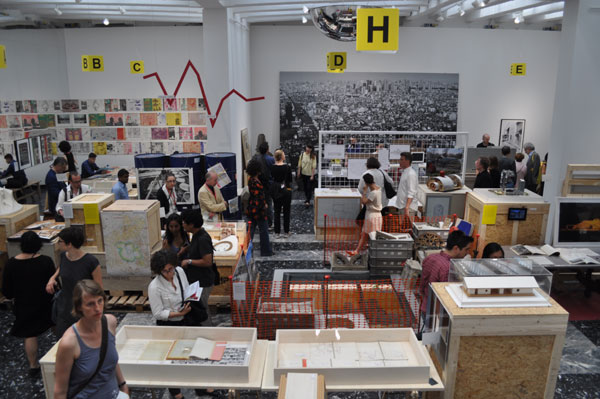
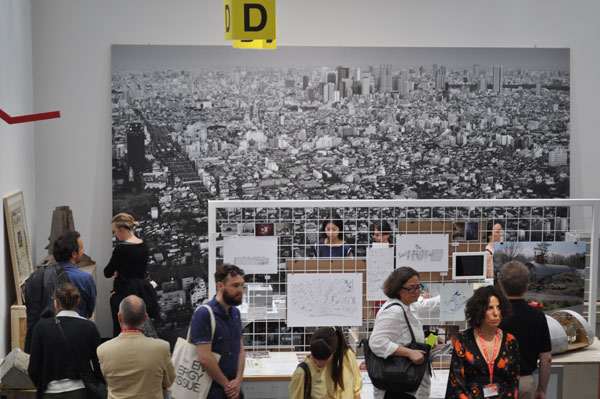
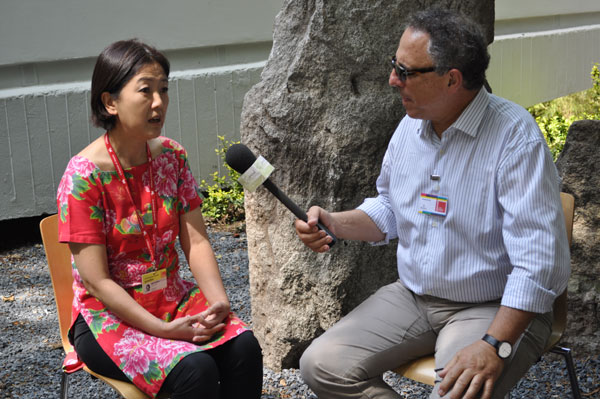
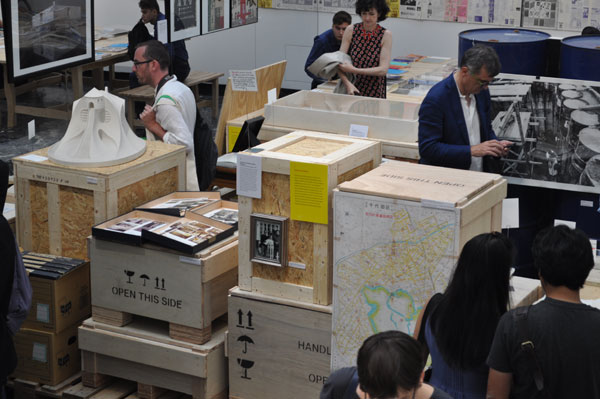
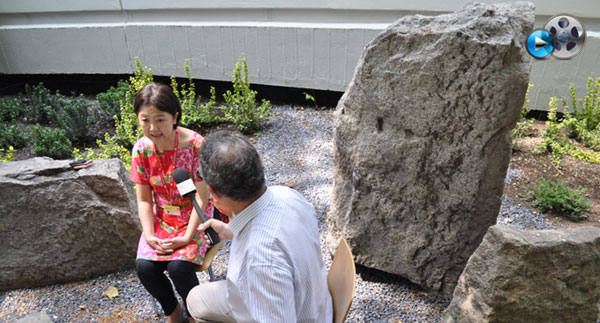
Related articles:
- 9 questions to Tadao Ando about Architecture + Earthquakes ( 22 January, 2007 )
- Interview Toyo Ito at GreekArchitects.gr ( 03 September, 2012 )
- House in Hyogo ( 15 December, 2013 )
- Boundaries by Mob architects ( 08 May, 2014 )
- Minsuk Cho interview at GreekArchitects.gr ( 08 June, 2014 )
- Pedro Alonso interview at GreekArchitects.gr ( 12 June, 2014 )
- Fundamentals (Press conference) ( 18 June, 2014 )
- Dirk van den Heuvel interview at GRA ( 25 June, 2014 )
- Brendan McGetrick interview at GreekArchitects ( 28 June, 2014 )
- Kayoko Ota interview at GreekArchitects.gr ( 03 July, 2014 )
- The Swiss Pavilion at 14th Biennale di Venezia ( 08 July, 2014 )
- The Romanian pavilion at 14th biennale ( 14 July, 2014 )
- The pavilion of Bahrain at 14th Biennale di Venezia ( 25 August, 2014 )










